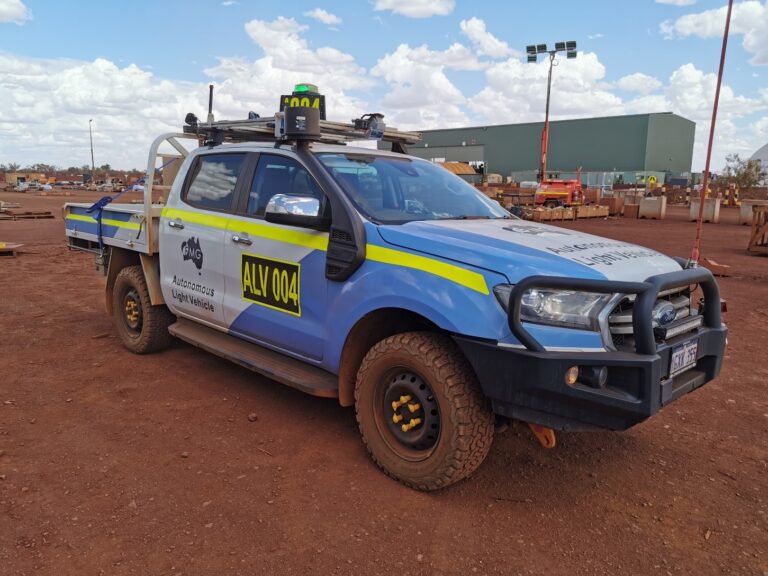Over the past decade, autonomous vehicles have been the subject of bold predictions and ambitious timelines. Many industry watchers believed we would already be sharing the roads with fully self-driving cars and trucks. But according to Chris L’Ecluse, Safety Specialist at Teletrac Navman, the adoption of autonomous vehicles is proving to be far more complex and slower than early forecasts suggested.
“People expected autonomous vehicles to be here by now,” says L’Ecluse. “When they were being flagged about 10 years ago, I said it’s going to take a generation before they become prevalent—and that’s starting to become true.”
The Technology Exists — But the Laws Lag Behind
While the technology for autonomous driving has made impressive strides, the legal framework and societal readiness have not kept pace. “The reality is, the technology does exist,” says L’Ecluse. “But the laws don’t exist yet to properly manage the portion of responsibility with autonomous vehicles.”
In other words, while developers can create vehicles capable of navigating roads with minimal human intervention, governments and regulators still need to determine who is accountable in the event of an accident. Is it the manufacturer, the software developer, or the operator? This question, L’Ecluse says, is one of the biggest barriers slowing progress.
Society’s Hesitation Is Justified
Another factor holding back adoption is societal concern. L’Ecluse believes that hesitation around rapid adoption of new technologies is not only understandable but necessary.
“I think people are justified in being inquisitive and asking the tough questions,” he says. “If we get it right in the first instance, the transition should be fairly seamless. But if we get it wrong, it will mean either the death of that technology or a retreat back to the analogue systems we currently rely on.”
This cautious approach ensures that autonomous vehicle technology is introduced responsibly and with robust safeguards in place, rather than being rushed to market with unresolved safety and ethical issues.
The Human Element Remains Central
L’Ecluse also points out that even as autonomous technology advances, human drivers remain the most unpredictable part of road safety. “Every collision has one constant—a person,” he says. “Computers have shown they are less fallible than we are, but there has to be a fine line between automated systems and human control.”
In fleets and transport operations, this balance will remain crucial. While driver-assist and autonomous systems can reduce fatigue, improve response times, and detect hazards, humans will still play a key role in oversight, decision-making, and ethics.
Autonomous Adoption Will Be Evolutionary, Not Revolutionary
Rather than a sudden shift, L’Ecluse expects the rollout of autonomous vehicles to be a slow, step-by-step process. Advanced driver-assistance systems (ADAS), lane-keeping aids, and predictive safety features are all part of this gradual transition.
“The adoption of autonomous vehicles will happen in stages,” he says. “What we are seeing now with AI and telematics in driver coaching is part of that evolution.”
The future of autonomous vehicles is undoubtedly bright—but also slower and more cautious than early predictions promised. As technology advances, laws are written, and public trust is built, fleet operators and road users alike will see autonomous features introduced gradually, with human oversight remaining a critical part of road safety for years to come.






